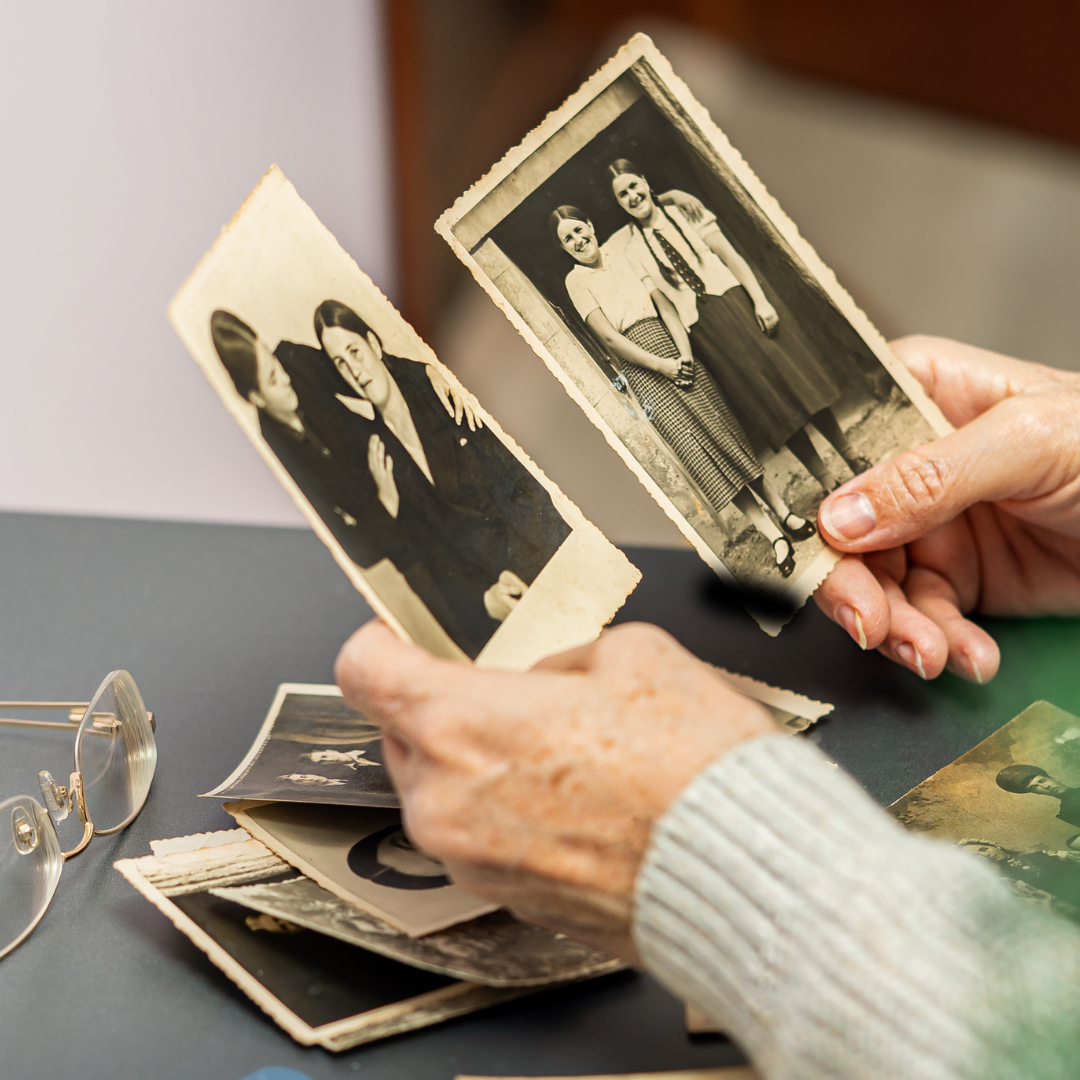
If you wish to use family trees as a storytelling device, you need to be sure that you have a purpose in mind and avoid any potential mistakes. Read on to learn about these mistakes and see what you can do to rectify them.
Do not add names that do not belong.
People’s biggest mistake when dealing with their family history is believing that they can stitch together the results of an online search that yields 10,000 names and somehow arrive at a family tree. Not every detail needs to be included in an ancestry chart if you would not know who the ancestor is. For instance, if you are related to someone with the same name, it is not necessary to include them in the chart.
Do not add names that have multiple meanings.
If you include multiple meaning names on your family chart, you could easily confuse your descendants, and not connect with those that you want to.
Do not add names that do not exist.
Avoid adding names from biographies, stories, and legends. Adding names that do not exist can cause your family tree to become inaccurate. If you are serious about your family’s history, make sure you have sources to back up any claims you make about these names.
Remember to add your relatives in the right order.
If you have several ancestors, it is much better to list your ancestors in chronological order. For instance, first, list your parents and then list their children. Now list the parents’ siblings and their children, and so on. When you list your relative’s names this way, you will not get confused. You can then follow back through your history, as you already have the current family sorted out.
Do not assume all records are equally valuable.
It is important to realize that not all genealogy records are of equal value. Some are more valid than others and must be investigated to check their validity.
Do not assume all information is correct.
Genealogists should always research original records and remember that genealogy is not just about names. Researching obituaries, birth certificates, and marriage records help genealogists learn more about the lives, loves, and deaths of ancestors, and they can see if their research matches up with other information.
Do not neglect to research the “unknown”.
Referencing history can prove informative. If ancestry, genealogy, and family history are important, do not neglect this research. This is so important because most people think that because the dead are dead, they do not matter. But we do. We matter in the memories and stories our loved ones have about us. So, take the time to learn about your family and their roots.
So, the use of family trees and relative relationships can be traced throughout human history. When the practice of genealogy became popular, the first family trees were drawn through word of mouth. Families would record their lineage by writing down names, dates, and places. Over time, those family records evolved into colorful diagrams with complex footnotes. Family trees have become a valuable tool in genealogy and family history research.
